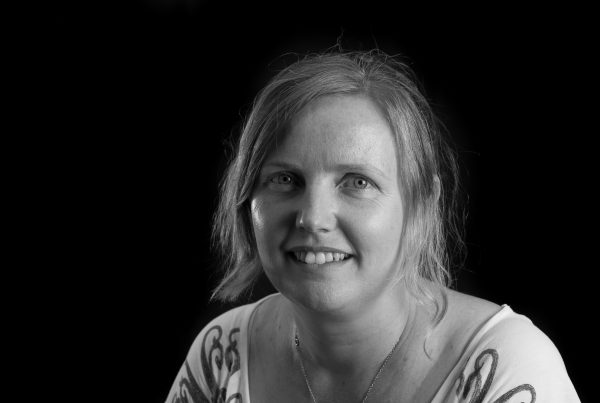Selected publications
– Domingo I & Bea M 2016, ‘From Science to Heritage: new challenges for World Heritage rock art sites in Mediterranean Spain in the 21st century’ in Brady L & Taçon P (eds.), Relating to rock art in the contemporary world: navigating symbolism, meaning and significance, University Press of Colorado, 213-244.
– Domingo I, May SK & Smith C 2016, ‘Communicating through rock art: an ethnoarchaeological perspective’, in Buchsenschutz O, Jeunesse C, Mordant C & Vialou D (dir.) Signes et communication dans les civilisations de la parole, Edition electronique du CTHS (Actes des congres des sociétés historiques et scientifiques), Paris, pp 9-26.
– Smith C, Domingo I & Jackson G 2016, ‘Beswick Creek Cave six decades later: change and continuity in the rock art of Doria Gudaluk’, Antiquity, 90 (354): 1613-1628.
– Roman I, Nadal J, Domingo I, García-Argüelles P, Lloveras Ll & Fullola JM 2016, ‘La fin du Paléolithique dans la Catalogne Méridionale Ibérique revisitée: nouvelles reponses pour anciennes questions’, L’Anthropologie, 120: 610-628.
Selected research activities
– Session Organizer at WAC8 (Kyoto-Japan):
- with Dr. Fiore (CONICET, Argentina): Mind the gap! Building bridges between scientific approaches and public interests in the archaeology of art.
- with Drs. Taçon (Griffith University, Australia) and May (ANU, Australia): Change and continuity in rock art.
– Congress papers:
- with Román: From research to the public. Participatory initiatives to promote Levantine rock art. WAC8 (Kyoto-Japan).
- with May, Johnston, Taçon: Dynamic Places: early human figurative rock art in northern Australia. WAC8 (Kyoto-Japan).
- with García, Martins, Ochoa, Vigiola: Datando el arte prehistórico: método, muestreo, datos, límites e interpretaciones. Congreso: cronometrías para la historia de la Península Ibérica. Universidad Autònoma de Barcelona.
